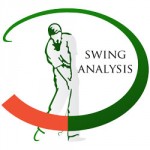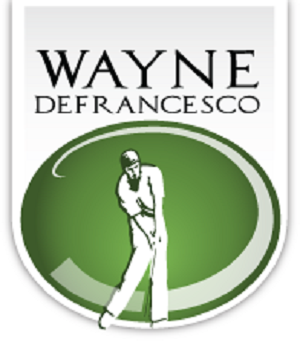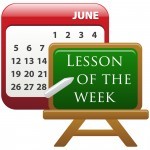Lateral Hip Movement in Transition: All the Great Players Have It
By Wayne | Videos: Swing Analysis

The idea that the forward swing should start with the hips squatting and that the pelvis shouldn’t slide (I would call that “Squat and Spin”) is gaining some traction with the popularity of California instructor George Gankas. I will do a video where he explains his ideas and has a “model” student hit balls on Trackman, but here my purpose is to ask why in the world would you want to do that when none of the greatest players in the history of the game have demonstrated that technique? Therefore, I have gone through my bank of model swings and taken the major champions of whom I have stable face on views to prove that in transition, with an iron or a driver, the pelvis slides forward as it changes direction from clockwise to counterclockwise, what Lee Trevino aptly called the “slide/turn”. To simplify the complex movement of the hips and pelvis for my students I have for years asked them to view the hip movement as driving 45 degrees left of the target as the swing changes direction. In reality the right side pelvic rotator muscles start the movement, but many players sense the left knee or hip initiating. It really doesn’t matter how you think about it, as long as the hips gain depth, open and move to the left, pulling the left arm against the chest as the chest stays relatively still. The movement should feel continuous, like a “hula” motion (I wasn’t very good at hula hoops), and the amount of lateral will be determined by the set -up position and the amount of pressure you want on the left side at impact.
Continue reading

